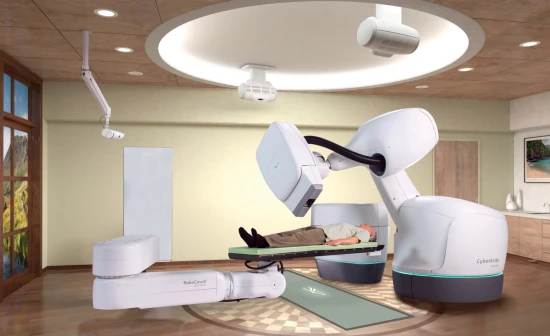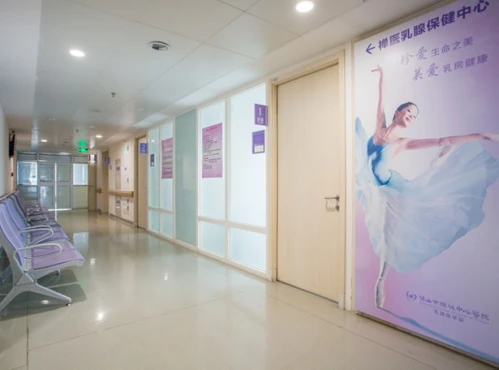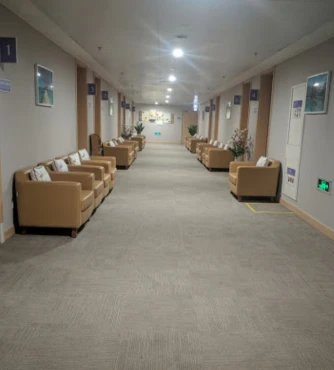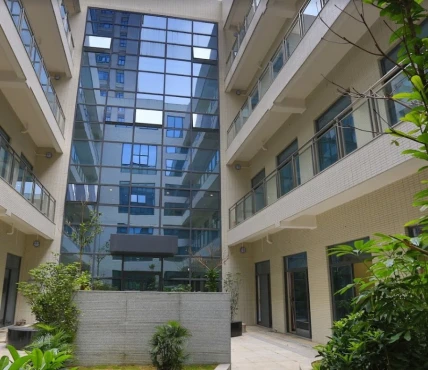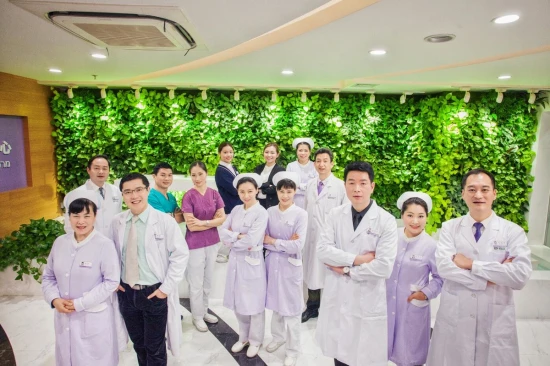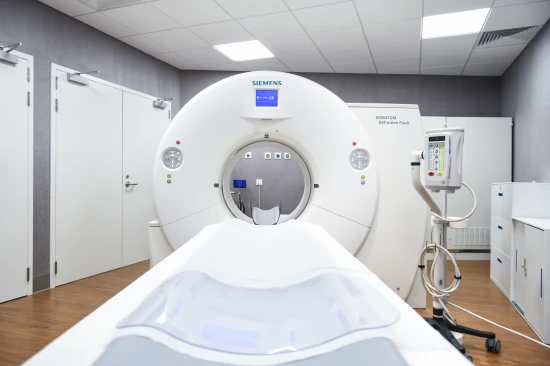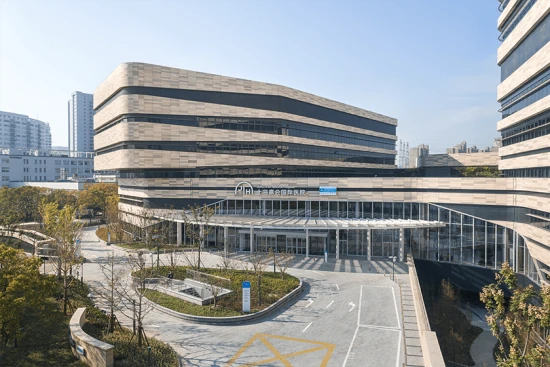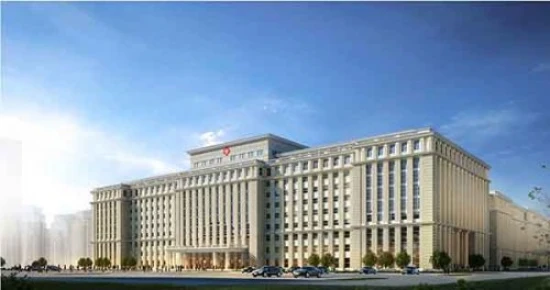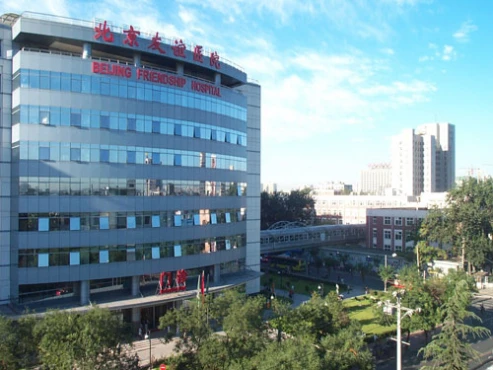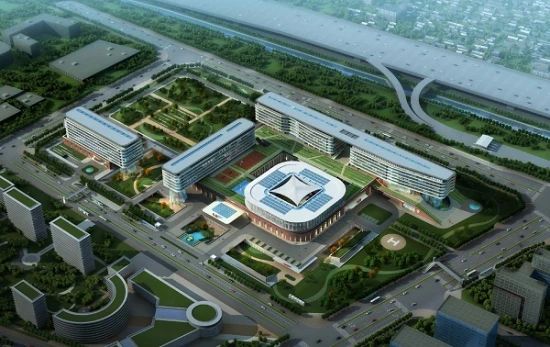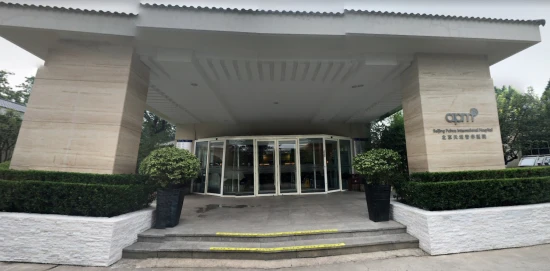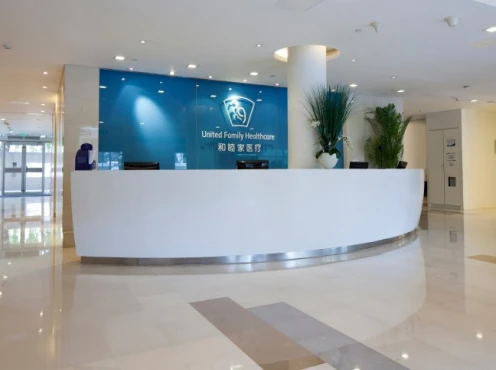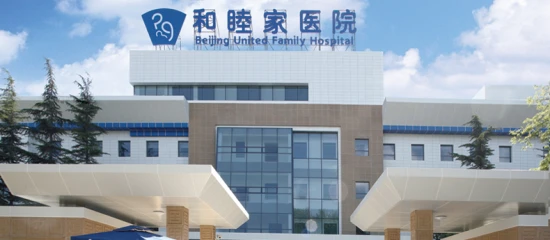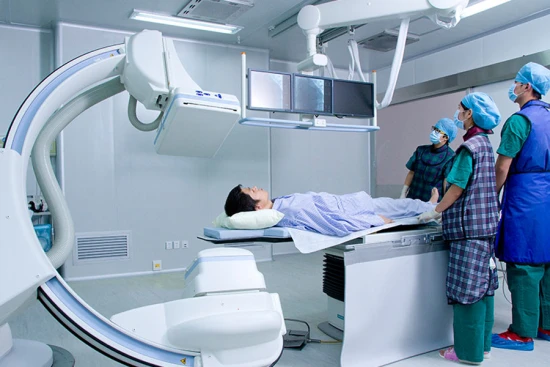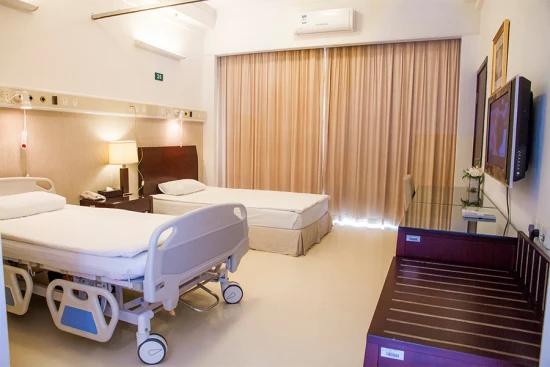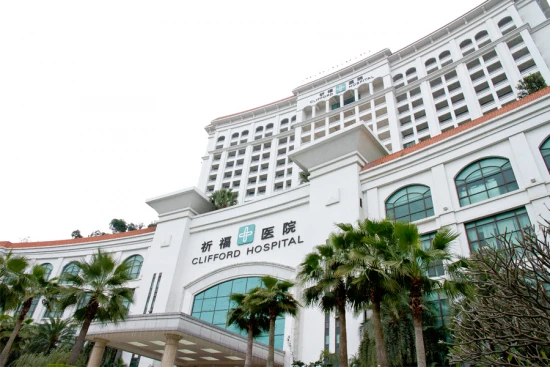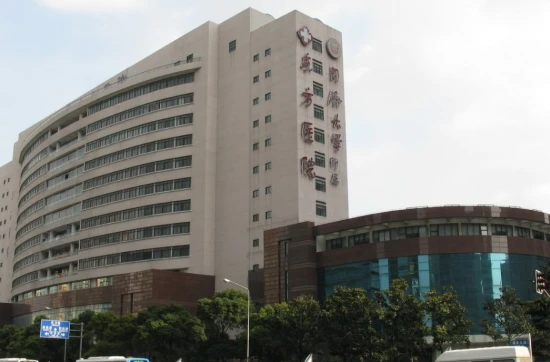Ventricular tachycardia (VT) treatment in 4 Cardiac surgery clinics in China
4 clinics specializing in Cardiac surgery providing treatment of
Ventricular tachycardia (VT)
Ventricular tachycardia (VT) is a rapid heart rhythm originating from the heart's ventricles. It can lead to palpitations, dizziness, and fainting. Treatment options include medication, cardioversion, or catheter ablation to restore normal heart rhythm and prevent complications.
Read more...
disease in China.

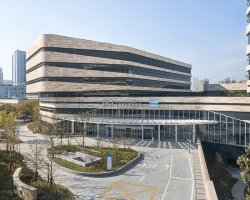
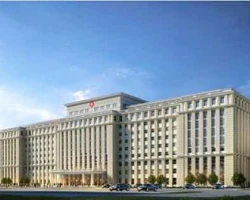
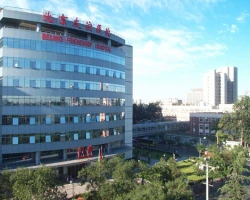
4 nearby similar clinics in China
Perhaps you should consider 4 more clinics we have found nearby basing on your Location, Disease filters applied.
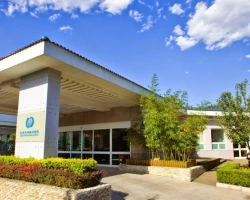
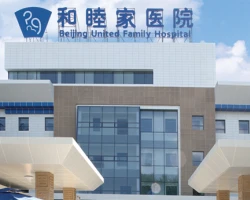


Clinics grouping by rating
Clinic with the highest rating of 4.8 — Foshan Chancheng Central Hospital in Foshan, China, clinic with the most reviews number of 12 — Jiahui International Hospital in Shanghai, China.
With rating 4.0 and over — 3 clinics .
